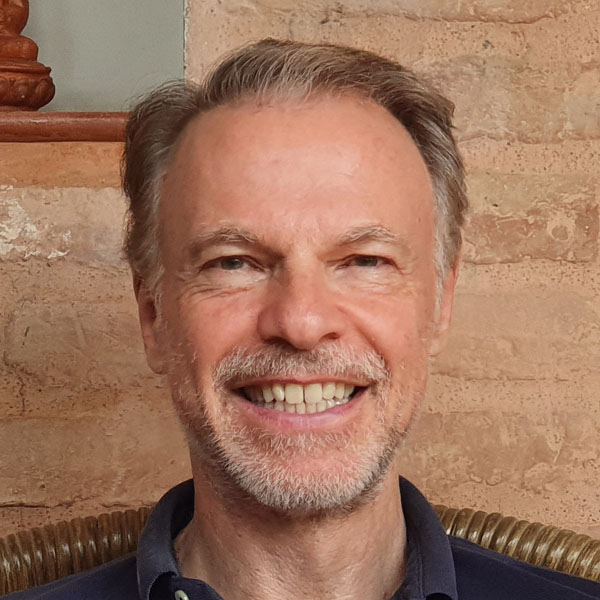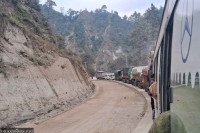Opinion
The power of radio
Radio in times of emergency and disaster can make the difference between life and death
Christian Manhart
The United Nations Educational, Scientific and Cultural Organisation’s (Unesco) General Conference, at its 36th session, proclaimed World Radio Day on 13 February. Radio is the mass media reaching the widest audience in the world. It is also recognised as a powerful communication tool and a low cost medium. The main objective of the World Radio Day is to celebrate radio as a medium, but also to enhance international cooperation amongst broadcasters.
This year, the Unesco theme for the World Radio Day is “Radio in Times of Emergency and Disaster”. The Unesco will promote radio in times of emergency and disaster believing that radio still remains the medium that reaches the widest audience in the fastest time.
Radio is by far the most prevalent mass-medium throughout Nepal. According to the 2011 Census, only 65.9 percent of the population is literate and most Nepali citizens only have sporadic access to newspapers. Television is for many a luxury, considering the chronic power cuts and the fact that many cannot afford this technology. Radio is much more accessible and affordable, thus having special importance for rural and marginalised communities. According to the Ministry of Information and Communication of Nepal, over 550 radio stations operate across Nepal, which have played a pivotal role in access to information. When the earthquake hit Nepal on 25 April 2015, radio provided information and spread knowledge essential to the public. Earthquake survivors were dependent on radio to follow rescue and relief distribution.
“Amidst the ruins and in the face of an emergency, the radio is often the first medium for survival. Its durability is an incomparable advantage, often enabling it to resist shocks and retransmit messages of protection and prevention to as many people as possible, better and faster than other media, saving lives,” said Ms. Irina Bokova, Director-General of Unesco, on the occasion of World Radio Day.
Accounts by survivors describe how radio has continuously disseminated messages and accurate information to minimise rumours. Nepali citizens have learned that disasters can happen anytime, anywhere and that radio can sometimes play the difference between life and death.
Rescue teams were hard to reach due to the geographical challenges and road closures. Many houses, schools and public spaces were destroyed and many more were unsuitable for settlement. Amid such crisis, the public needed to access accurate information in order to take the best possible decisions. Various painful stories that were shared and disseminated across the world through online radio and social media contributed to collecting funds for survivors.
Nepal has now entered the reconstruction phase after establishing the National Reconstruction Authority. Radio can still function as a facilitator and watchdog in reconstruction and sustainable development. Citizens have the right to know, to ask and to be informed about the policies, programmes, decision-making process, and reconstruction efforts which will be affecting them. The livelihood of people is still precarious with many basic needs in earthquake-hit districts not fulfilled yet. Radio can give a voice to the voiceless by airing shows in a multitude of local languages.
Manhart is the Unesco Representative to Nepal




 16.66°C Kathmandu
16.66°C Kathmandu












